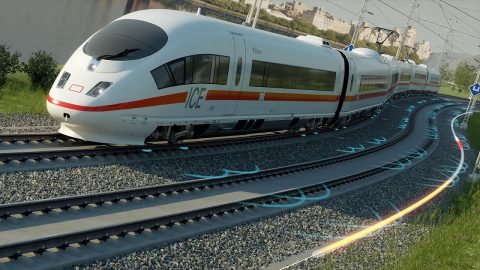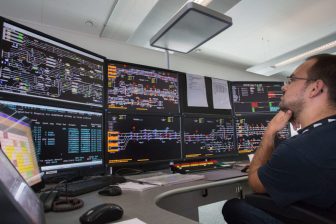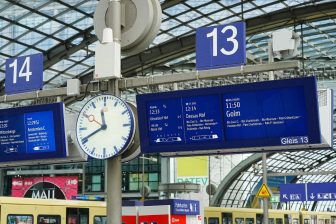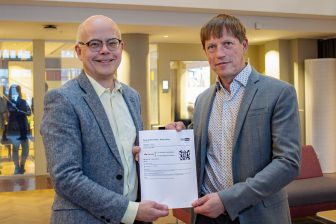
Distributed acoustic sensing: The future for rail monitoring?
Distributed Acoustic Sensing (DAS) is one of the latest technologies for rail monitoring. German technology company ITK Engineering is currently developing numerous rail applications for DAS.
Distributed Acoustic Sensing is the railway operators’ ear on the track. It uses fibre optic cables along the track to recognize noise and vibration. DAS acts like a huge set of microphones along the railway track, that catches the sound of a train covering a stretch of 40 kilometres with a single sensor. “It is a continuous sensor, that can cover an entire railway track”, the company’s DAS expert Thomas Sigl explains.
Train localisation
As one DAS measurement unit can continuously monitor a long track it seems to be tailor-made for train localisation. “Having a continuous sensor is a huge advantage in real-time train tracking compared to local sensors like beacons”, Sigl explains. “Even though GPS based tracking solutions are continuous too, you can always lose the GPS signal in tunnels or thick forests. This is where DAS can jump in, so you can continue tracking your train. ITK already conducted a research with the result, that you can track trains using DAS with a high precision.”
Another application of ITK’s researches: Distributed Acoustic Sensing can be used to reliably determine the train length. “This is particularly beneficial for passenger information systems to determine the number of wagons of the arriving train”, Sigl explained.
ITK is pushing the development of its own tracking algorithms inhouse and in collaboration with multiple partners from operators to component manufacturers. “Though we already have reached a high level of development. There is plenty of room for further research and development”, is Sigl convinced.
Condition monitoring
ITK is currently working on condition monitoring, which is another wide field of DAS applications, especially with a focus on Predictive Maintenance. “You can monitor the whole infrastructure and, also the rolling stock along the track. Right now, we are working on algorithms to detect wheel flats. It is possible as well to detect damages on the track itself like cracks or squats”, explains the DAS expert.
Other promising applications in condition monitoring are the detection of obstacles on the track like rock falls or animals and, also the infrastructure security. For example, intruders on the track can be detected, which is very useful to prevent cable theft.
Potential
DAS is a very promising sensor technology for the railway industry and many interesting applications are possible. “The biggest benefit of Distributed Acoustic Sensing is the fact, that you can realise multiple applications using just one sensor. You can track your train, while also detecting obstacles on the track, which is blazing the trail for autonomous driving. On top of that you can monitor the condition of the track and the rolling stock. If you combine DAS with the strength of other common sensors you get a reliable and holistic system for train monitoring.




